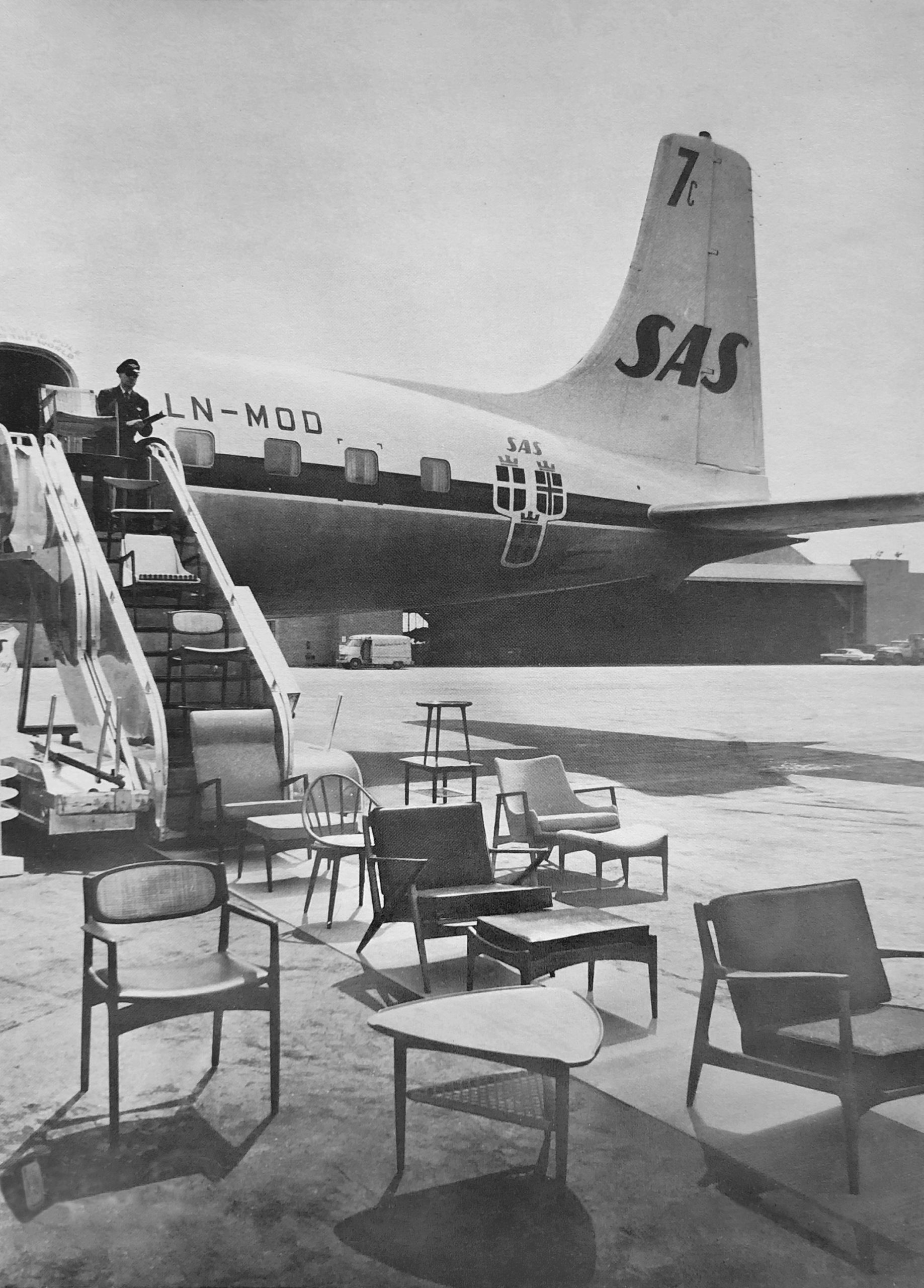
What is Danish Modern Movement?
Tracing the Timeless Appeal of Danish Modern Design
In the world of interior design, the Danish modern movement stands out.It represents simple elegance and perfect craftsmanship.
Deeply rooted in nature, this philosophy hails from Denmark. Yet, its impact is global. What makes this movement so enchanting? We’ll explore its beginnings, core values, and its transformative journey. Discover how a tiny Nordic country reshaped 20th-century aesthetics.
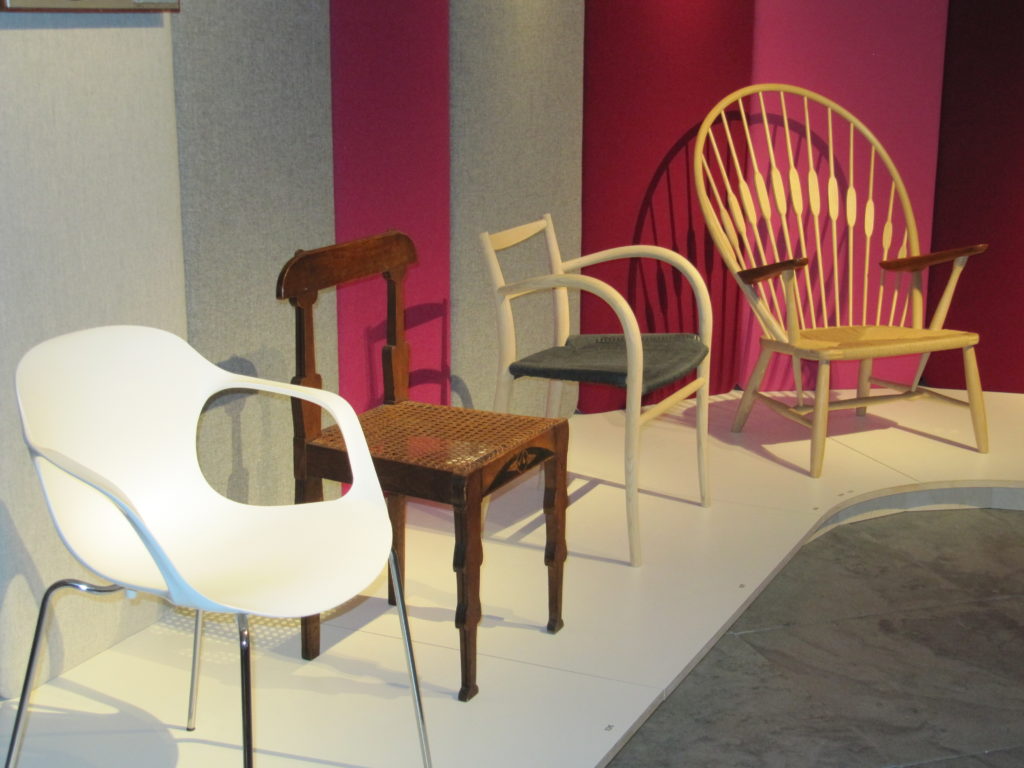
Setting the Scene: The Birth of the Danish Modern Movement
The early 20th century was a period of profound transformation. Europe, a vibrant tapestry of art, innovation, and culture, saw various design philosophies taking shape. Amid this artistic renaissance, Denmark, known for its rich heritage and traditions, began carving a distinctive niche in design.
The Danish modern movement was not just an artistic response to the changing times but a reflection of the country’s ethos – simplicity, functionality, and a harmonious connection with nature. It was in this environment that the seeds of the Danish modern movement were sown, eventually growing into a design philosophy that would transcend borders, influencing architects, designers, and homeowners across continents.
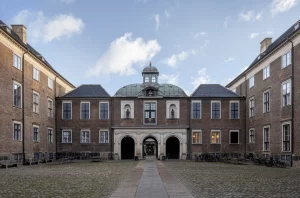
Foundations of the Danish Modern Aesthetic
When exploring the foundations of the Danish modern aesthetic, it’s essential to delve deep into the values and principles that guided its creation. At its very core, the Danish modern movement encapsulates a philosophy that’s reflective of the larger Danish cultural and societal values.
The Ethos of Simplicity: In a world increasingly filled with decoration, the Danish modern style chose to focus on designs that were simple yet meaningful. This simplicity wasn’t about lacking elements but about carefully choosing each one to have purpose and function.
Unwavering Focus on Functionality: With a practical approach, the Danish modern movement prioritized functionality. Every curve, angle, and feature in their designs was carefully made to ensure that beauty and usefulness went hand in hand.
Craftsmanship: A Celebration of Skill: Central to the movement was a deep respect for craftsmanship. Each piece, whether furniture or decor, showed the skill of the artisan. The detailed work, joints, and finishes reflected hours of effort, ensuring durability and timeless beauty.
A Nod to Tradition: While the movement was modern, it was strongly influenced by traditional Scandinavian crafts. There was a beautiful mix of old techniques and new ideas, resulting in designs that were fresh yet connected to history.
In essence, the Danish modern style is a blend of the old and the new. It’s where tradition meets innovation, creating designs that are timeless, functional, and incredibly appealing.
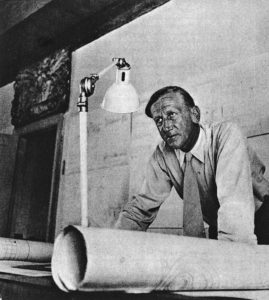
Iconic Figures of the Danish Modern Movement
Arne Jacobsen
The success and global resonance of the Danish modern movement can’t be discussed without acknowledging the visionary designers who were its torchbearers. Their innovative designs and forward-thinking approach helped shape the movement and etch it into the annals of design history.
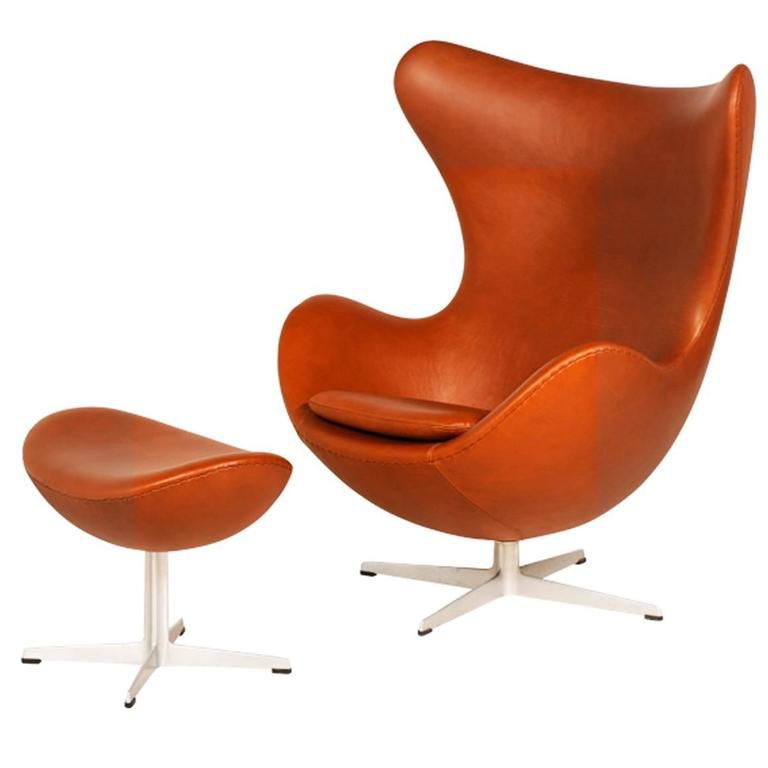
Hans J. Wegner
A master of chair design, Wegner introduced the world to pieces like the Wishbone Chair, which became emblematic of the Danish modern aesthetic. His designs highlighted the beauty of wood and his commitment to ergonomic comfort.
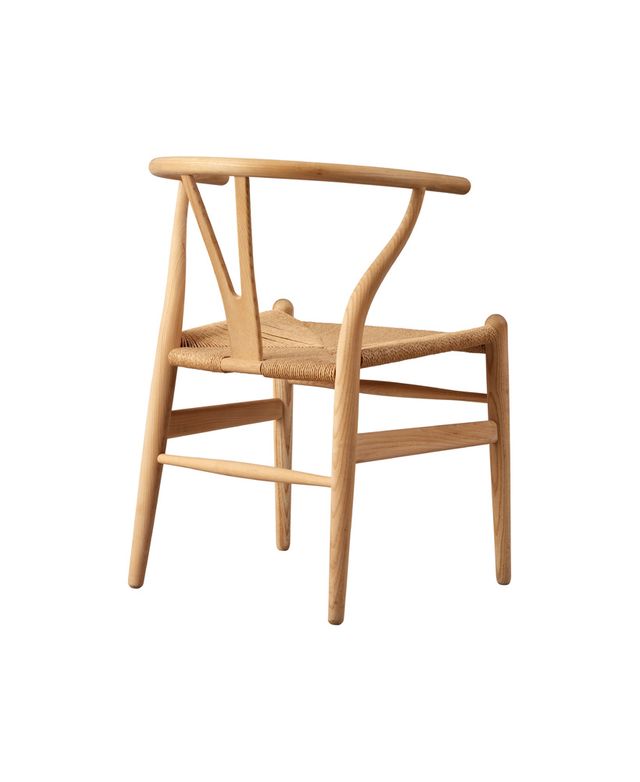
Finn Juhl
Juhl’s furniture pieces, characterized by their organic shapes and sculptural forms, broke away from tradition, introducing a new type of aesthetic. His Poet Sofa and Chieftain Chair remain icons of mid-century modern design.
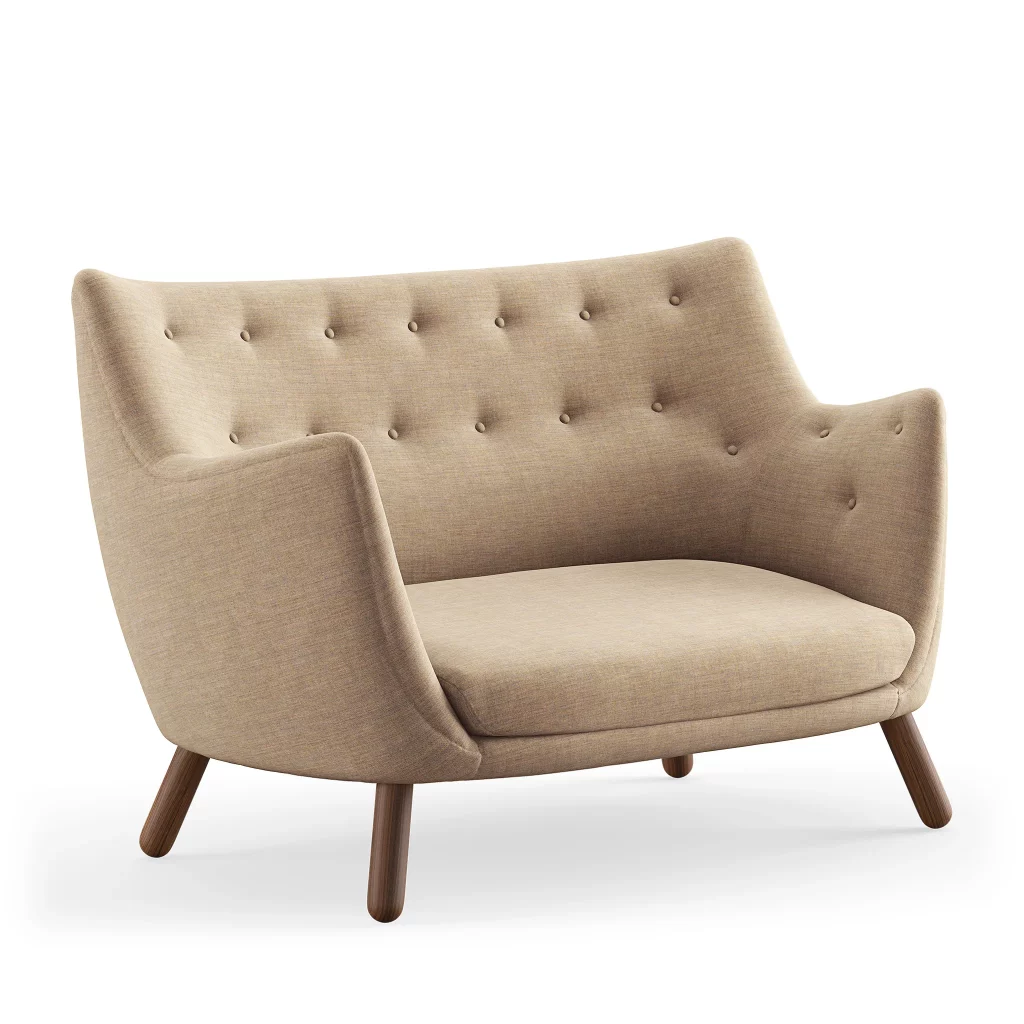
Børge Mogensen
Mogensen’s designs focused on simplicity and practicality. From his Spanish Chair to the Hunting Chair, his pieces were known for their strength and lasting appeal.

Verner Panton
Known for his innovative and futuristic designs, Panton introduced a new level of vibrant and unconventional colour, form, and material usage to the design world. His most iconic work includes the S-shaped “Panton Chair,” the first single-form injection-molded plastic chair.
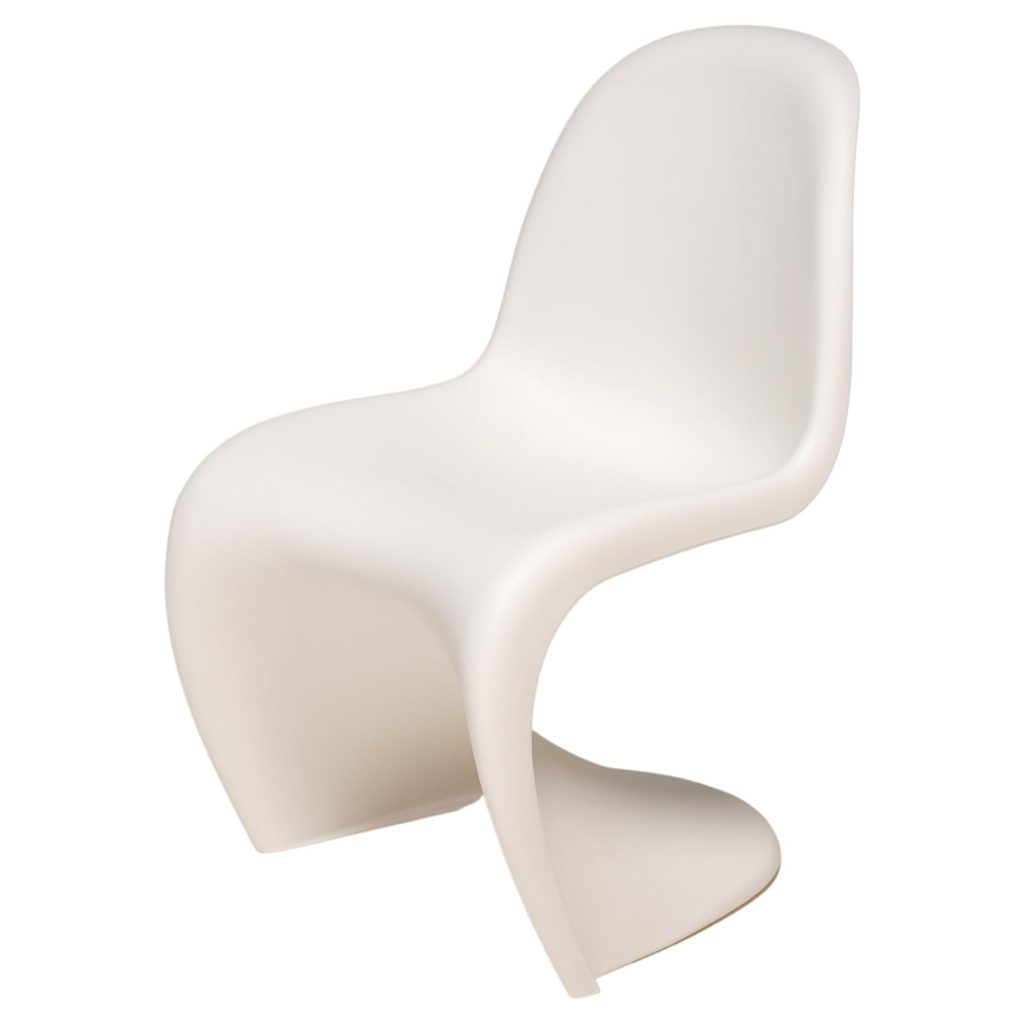
Grete Jalk
A leader in furniture design, Jalk’s work was known for its natural shapes and modern style. Her laminated teak “GJ Chair” is famous for its detailed form and elegance.

Poul Kjærholm
Emphasizing an architectural approach, Kjærholm had a unique ability to combine steel and natural materials seamlessly. His PK22 chair, with its minimalist steel frame and leather seat, is a stellar representation of his design philosophy.

Ole Wanscher
Drawing on classical furniture craftsmanship, Wanscher’s designs are known for their refinement and subtle details. The “Colonial Chair,” with its sleek wooden frame and woven cane seat, is a testament to his commitment to elegance and functionality.
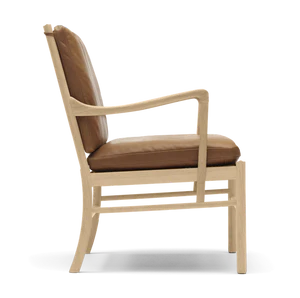
Erik Ole Jørgensen
Renowned for his sofas and lounge chairs, Jørgensen’s designs exuded a harmonious blend of comfort and aesthetic appeal. His use of upholstery combined with minimalist frames led to timeless pieces cherished in many homes.
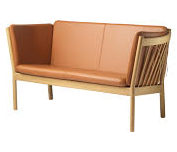
Nanna Ditzel
Recognized for her versatile designs ranging from furniture to jewellery, Ditzel brought a fresh and innovative approach to Danish Modernism. The “Hanging Egg Chair,” co-designed with her husband Jørgen, remains one of her most iconic creations.
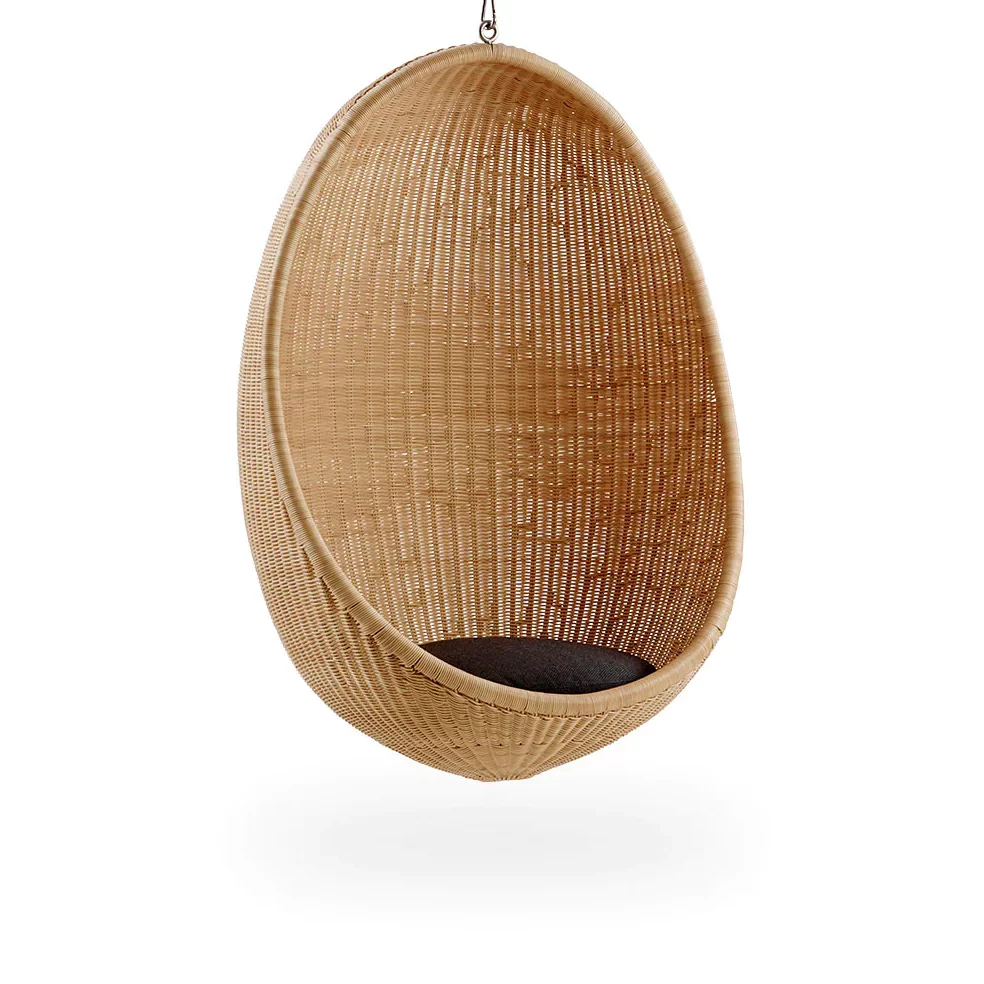
Each of these designers brought a unique flair and perspective, further enriching the tapestry of the Danish modern movement and ensuring its lasting influence on global design trends.
Legacy and Influence on Contemporary Design
The Danish modern movement, rooted in the mid-20th century, was not a fleeting trend but a lasting shift in design philosophy. Its principles, grounded in simplicity, functionality, and a deep appreciation for natural elements, have not only withstood the test of time but have become foundational for many contemporary design approaches.
- A Global Resonance: From the skyscrapers of New York to the minimalist homes of Japan, the tenets of Danish modern design are evident. Its universal appeal lies in its ability to seamlessly blend with varied cultural aesthetics, making it a favourite across continents.
- Paving the Way for Minimalism: Today’s surge in minimalist design, with its emphasis on decluttering and focus on essential elements, owes much to the Danish modern ethos. The movement’s stress on simplicity and functionality has become a cornerstone for many modern homes.
- Eco-consciousness and Sustainability: In a world increasingly leaning towards sustainable choices, the Danish modern movement’s emphasis on natural, durable materials and timeless designs aligns with contemporary eco-friendly trends.
- Modern Adaptations: Contemporary designers, inspired by Danish modern principles, are innovating and adapting. Whether it’s through the use of new materials or integrating technology, the core philosophy remains intact, ensuring its relevance in today’s design landscape.
The true proof of the Danish modern movement’s lasting impact is its ability to adapt and continue to influence. As design changes, the movement’s ideas guide us, showing the importance of being real, keeping things simple, and focusing on people.
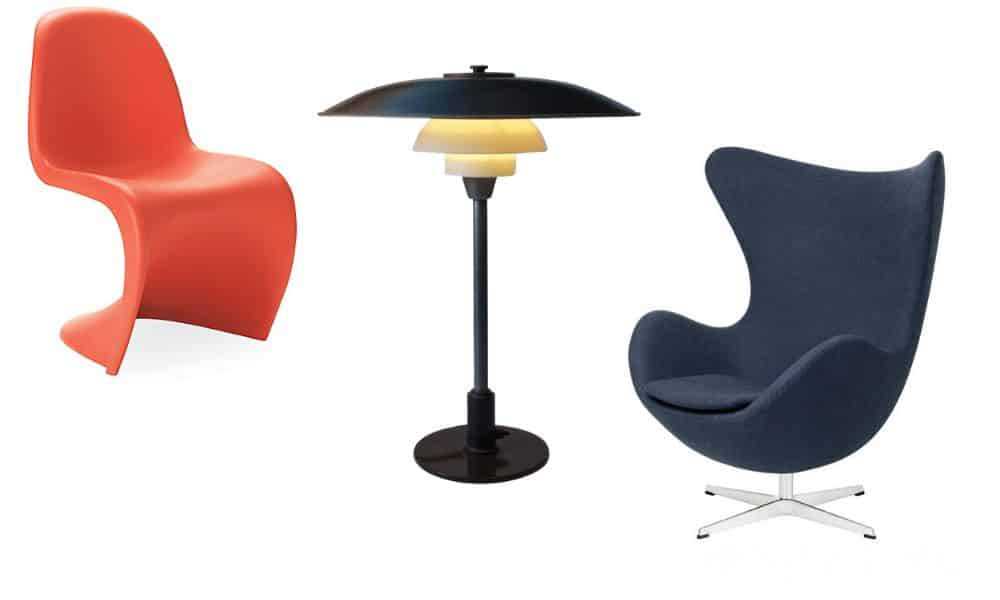
The Danish Modern Movement and Sustainable Design
At its core, the Danish modern movement has always held sustainability as a central tenet. Long before “sustainability” became a buzzword in the design world, Danish modern designers were already championing eco-friendly practices and values.
- Timeless Craftsmanship: A key aspect of sustainability is durability. The movement’s emphasis on impeccable craftsmanship ensured that Danish furniture and decor weren’t just stylish but also long-lasting, reducing the need for frequent replacements.
- Embrace of Natural Materials: Prioritizing materials like wood, wool, and leather, Danish modern designs inherently lean towards eco-friendly choices. These materials, sourced responsibly, have a lesser environmental impact compared to many modern synthetics.
- Design for Longevity: Beyond just the materials, the very aesthetics of Danish modern design—minimalist, functional, and devoid of passing trends—ensures that the pieces remain relevant and cherished for years, if not decades.

Reflecting on the Danish Modern Movement’s Timeless Elegance
The Danish modern movement, often known as mid-century Danish furniture, is not just a part of design history; it’s a lasting example of the appeal of simple and practical design, and a strong connection to the environment. As we live in a more complicated world, the values and principles of this movement serve as a guide, reminding us of the beauty in simple things and the importance of designs, like Danish-style furniture, that connect with human emotions and needs. For anyone looking to infuse their spaces with a blend of tradition, innovation, and sustainability, the Danish modern movement and its iconic Danish furniture remain a gold standard. Embrace its essence, and let your spaces shine with minimalist brilliance and authentic beauty.
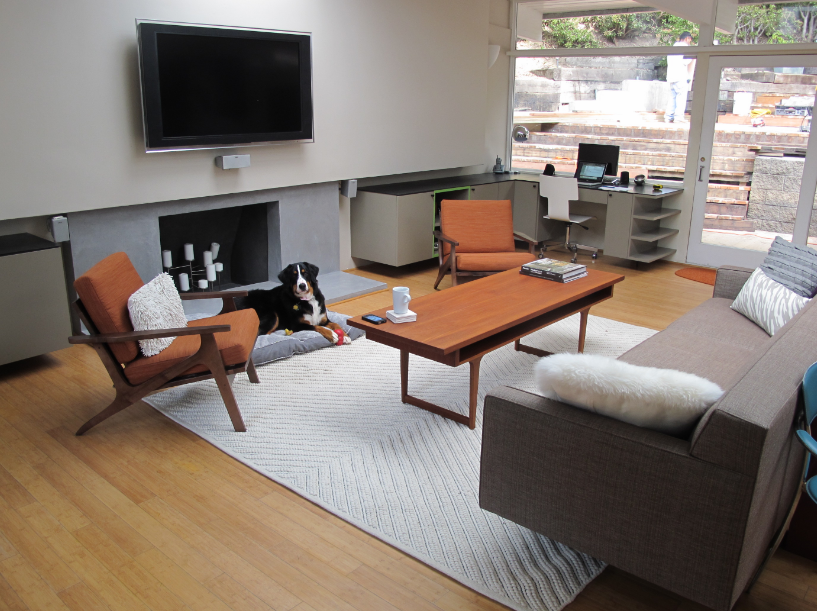
Frequently Asked Questions
Yes, you can mix Scandinavian and mid-century modern elements in your interior design. Both styles share some similarities and can complement each other well, creating a harmonious and unique aesthetic.
Danish modern furniture is characterized by its simplicity, use of natural materials like teak or oak, and clean lines. It often features minimalist designs with functional elements.
Danish design is characterized by simplicity, functionality, high-quality craftsmanship, the use of natural materials, and an emphasis on ergonomic and comfortable furniture.
Danish style often features neutral and earthy tones, such as beige, grey, and warm browns. These colours complement the natural materials used in Danish design.
Danish modern furniture style is a subset of Danish modernism. It focuses on creating functional and aesthetically pleasing furniture pieces characterized by minimalist designs, quality craftsmanship, and the use of natural materials.
